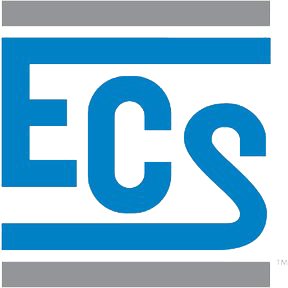The new Department of Legislative Services building adjacent to the Maryland State House in Annapolis, MD, is a three-story structure above grade with two levels below grade and ties into an existing tunnel connecting to the parking garage used by state representatives. Year-round, this building houses the agency supporting the legislative branch of state government, including members of the House of Delegates, State Senate and their staff.
Our role
Under contract with the Maryland Stadium Authority (MSA) on this project, ECS provided construction materials testing (CMT), building-envelope testing and quality assurance observation services.
The MSA is tasked with overseeing large construction projects for state-owned facilities. ECS has a history of working alongside MSA providing services for multiple institutional projects – mostly K-12 schools receiving state funding. Because of our extensive experience in this market, our services were sought for this high-profile project next to the state house.
The new building is steel-framed construction with a shallow foundation system consisting of spread footings. The exterior walls include aluminum windows in punched openings in a mostly brick-masonry veneer façade. The building has slate mansard roofs and dormers at the perimeter with a protected membrane roofing assembly for the balance of the roof. The center of the building includes a multi-story atrium with aluminum skylights.
This project had a building envelope commissioning agent who developed the commissioning process and offered functional performance testing. ECS was responsible working with the commissioning agent and project team to complete the required performance testing as well as conduct periodic site observations to check the envelope installation for compliance with the contract documents. The building envelope testing included membrane adhesion testing, air and water testing of the fenestration systems, flood testing of the roof assemblies and whole-building air-tightness testing with infrared thermography.

Challenges and solutions
Relatively shallow groundwater and tie-in to the existing tunnel created risks for water intrusion. Our building envelope (BE) team helped to address this challenge by advising on viable options in addition to offering testing and observations of the waterproofing installation. ECS continued our BE observations and testing for the exterior walls and roofs to help the project team maintain detailing and quality throughout the project.
Innovation and impact
This new legislative building in the state capital harmonizes with the surrounding existing architecture while giving agency employees and legislators a refreshed space to conduct important work.
Results and lessons
Ongoing BE quality assurance observations coupled with periodic performance testing can help the project team see that that quality and performance is maintained throughout the building’s construction. The robust quality assurance program resulted in passing of the whole-building air-tightness testing conducted at the end of the project on the first attempt and opening of the building on schedule.


